TOKAIDO AND SANYO SHINKANSEN

Tokyo station (Marunouchi side building)
Terminal of Shinkansen trains


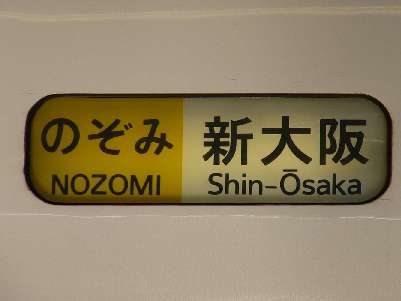
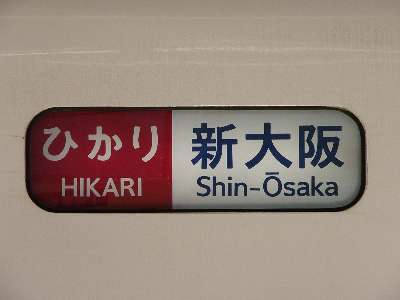
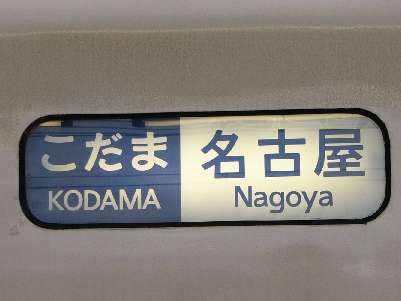
Type 500, the fastest Shinkansen train in Japan, maximum speed 300 km/h.
It is mainly used as 'Nozomi' between Tokyo and Hakata.
Type 700, maximum speed 285 km/h.
Now becoming majority in Tokaido Shinkansen line.
They are mainly used in 'Nozomi' services.
|
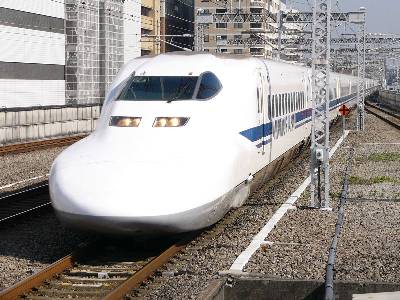
|
Type 700 look like a pelican, a bit funny. This shape reduces the noise caused by high-speed train cutting through air. In Japan, Shinkansen train noise is serious problem because high-speed train runs through built-up area. String of houses lasts along nearly all the area along Tokyo- Hakata Shinkansen Line.
|

|
Type 700 train departs Tokyo station and run through busy Yurakucho commercial area.
|
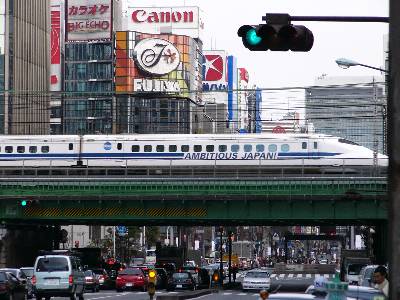
|
Type 300, introduced in 1992 and older version in current Tokaido Shinkansen.
They are now mainly used in Hikari and Kodama .
'Hikari Rail Star' runs from Shin Osaka to Hakata.
It is improved version of type 700, equipped with confortable facilities. Reserved car has 2-2 style wide seat (Usually Shinkansen is narrow 2-3 style), also conpartment style car, silence car free from train conductor's guide, and office seat suitable for the use PC.
It is Hikari train but run at Maximum 285km/h, 2:45 from Shin Osaka to Hakata.
Cheaper than Nozomi but much faster than Hikari of older type cars.
Passengers of Sanyo Shinkansen has been decreased influenced by faster and cheaper air services.
But new 'Hikari Rail Star' succeeded in recovering passengers in Sanyo Shinkansen.
|
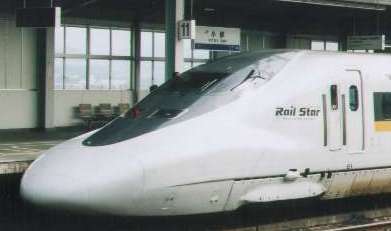
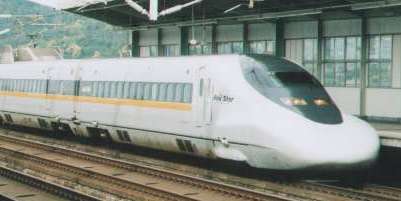
|

|
The first version of type 0 was appeared in 1964, maximum speed 210 km/h. Type 0 is the first high speed train in
Japan, and continued to be built until 1980s. In 1990s, due to the introduction of new type 100 and faster 300, 500 ,700, old and slow 0 has been replaced by them in Tokaido Shinkansen line.
Now only in Sanyo Shinkansen line, type 0 remains as 'Kodama'. It is shortened and conveys only 6 cars (Hikari 16 cars) and usually not many passengers use Sanyo 'Kodama'.
It has an atomosphere of rural local train.
|
BACK
HOME
|











